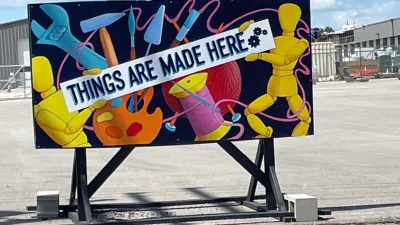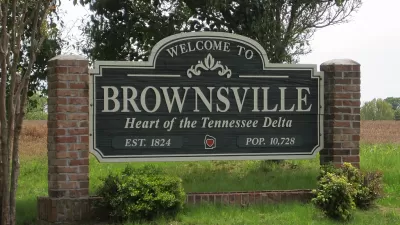The Brookings Institution mapped the proliferation of startup accelerators—an increasingly popular tool for economic growth.
As you might have heard, technology startups have become something of a hot item in economic development circles. Ian Hathaway describes how this dynamic of the new economy is playing out geographically:
A convergence of factors in information technology and capital markets have helped propel a boom in venture capital-backed startups in recent years. While well-established regions such as San Francisco-Silicon Valley, Boston-Cambridge, and New York account for the lion’s share of startup activity and funding, significant evidence suggests that a non-trivial amount of early stage capital is dispersing geographically throughout the United States.
According to Hathaway, the emergence of startup accelerators reflects the importance of technology startups to contemporary economic development strategies, defining these accelerators as entities that "support early-stage, growth-driven companies through education, mentorship, and financing in a fixed-period, cohort-based setting."
Hathaway provides additional information about how to distinguish accelerators from incubators, angel investors, and other kinds of startup-focused entities before providing a series of infographics to illustrate the widespread (i.e., beyond the Silicon Valley) adoption of the accelerator model.
FULL STORY: Accelerating growth: Startup accelerator programs in the United States

Trump Administration Could Effectively End Housing Voucher Program
Federal officials are eyeing major cuts to the Section 8 program that helps millions of low-income households pay rent.

Planetizen Federal Action Tracker
A weekly monitor of how Trump’s orders and actions are impacting planners and planning in America.

Ken Jennings Launches Transit Web Series
The Jeopardy champ wants you to ride public transit.

California Invests Additional $5M in Electric School Buses
The state wants to electrify all of its school bus fleets by 2035.

Austin Launches $2M Homelessness Prevention Fund
A new grant program from the city’s Homeless Strategy Office will fund rental assistance and supportive services.

Alabama School Forestry Initiative Brings Trees to Schoolyards
Trees can improve physical and mental health for students and commnity members.
Urban Design for Planners 1: Software Tools
This six-course series explores essential urban design concepts using open source software and equips planners with the tools they need to participate fully in the urban design process.
Planning for Universal Design
Learn the tools for implementing Universal Design in planning regulations.
Ada County Highway District
Clanton & Associates, Inc.
Jessamine County Fiscal Court
Institute for Housing and Urban Development Studies (IHS)
City of Grandview
Harvard GSD Executive Education
Toledo-Lucas County Plan Commissions
Salt Lake City
NYU Wagner Graduate School of Public Service




























